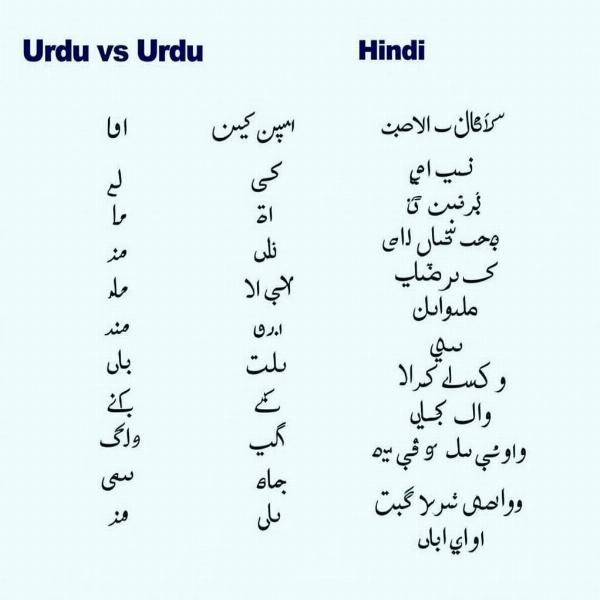Understanding the nuances of the Urdu alphabet, especially for Hindi speakers, can sometimes be a bit tricky. One such element that often raises questions is the Hamza (ء). While not a letter in itself, the Hamza plays a crucial role in Urdu pronunciation and writing, making it essential for anyone learning or translating between Hindi and Urdu. This article delves deep into the hamza meaning in Hindi, exploring its various forms, pronunciations, and significance.
Decoding the Hamza: An Overview
The Hamza (ء), often mistaken for a consonant, is actually a diacritic mark in Urdu, indicating a glottal stop or a specific vowel sound. Think of it as a guide to how a word should be pronounced. It can appear in various forms, sometimes alone, sometimes on top of a “support” letter like alif (ا), waw (و), or ye (ی). Its presence significantly impacts pronunciation, separating syllables and creating distinct sounds.
Different Forms and Pronunciations of Hamza
The Hamza’s chameleon-like nature allows it to manifest in different forms depending on the surrounding vowels. This adaptability adds to the complexity for Hindi speakers. Let’s break down the most common forms:
-
Initial Hamza (ء): When a word begins with a vowel sound, the Hamza often appears on its own, resembling a small apostrophe. For instance, the word “aap” (आप – you) in Urdu utilizes this form.
-
Medial Hamza (ء): Within a word, the Hamza can appear on top of a “support” letter. For example, in the word “faida” (फ़ायदा – benefit), the Hamza sits atop the ye (ی).
-
Final Hamza (ء): At the end of a word, the Hamza might appear on the alif (ا), particularly after a long vowel. This can be seen in words like “jaa” (जा – go).
Why is Hamza Important in Urdu and Hindi Translation?
The presence or absence of Hamza can drastically alter the meaning of a word. For accurate translation between Hindi and Urdu, understanding the Hamza’s function is crucial. It’s the subtle differences in pronunciation, guided by the Hamza, that distinguish meanings. Imagine translating legal documents or technical manuals – a misplaced Hamza could lead to misinterpretations with serious consequences.
 Hamza Meaning Difference in Urdu and Hindi
Hamza Meaning Difference in Urdu and Hindi
Common Mistakes Hindi Speakers Make with Hamza
Hindi speakers, accustomed to a different phonetic system, often face challenges with the Hamza. Common errors include:
-
Ignoring the glottal stop: Not recognizing the pause created by the Hamza can lead to mispronunciations.
-
Confusing the different forms: Misinterpreting the various forms of Hamza can result in incorrect pronunciation and altered meaning.
-
Overlooking the Hamza altogether: Treating words with and without Hamza as identical leads to errors in both comprehension and expression.
Tips for Mastering the Hamza
While the Hamza may seem daunting at first, consistent practice and awareness can lead to mastery. Here are a few tips:
-
Focus on pronunciation: Listen carefully to native Urdu speakers and try to replicate the glottal stop.
-
Study the different forms: Familiarize yourself with how Hamza appears on different support letters and its standalone form.
-
Practice writing: Regularly writing Urdu words with Hamza will reinforce its placement and significance.
How Hamza Affects Meaning: A Case Study
Consider the words “maan” (मान – respect) and “ma’an” (माँ – mother) in Urdu. The subtle difference in pronunciation, indicated by the Hamza, completely transforms the meaning. This highlights the importance of paying attention to this seemingly small diacritic mark.
Conclusion: Mastering Hamza for Seamless Hindi-Urdu Communication
Understanding “hamza meaning in Hindi” opens doors to accurate communication and seamless translation between the two languages. While the Hamza’s various forms and pronunciations can be challenging, recognizing its importance empowers learners to navigate the intricacies of Urdu and appreciate the subtle yet significant impact it has on meaning. By focusing on pronunciation, practicing writing, and studying its diverse forms, you can master the Hamza and enhance your understanding of Urdu.
FAQ
-
What is the literal meaning of Hamza in Hindi? Hamza doesn’t have a direct translation in Hindi, but it can be described as a glottal stop, a brief pause in sound.
-
Why is Hamza important in Urdu? Hamza clarifies pronunciation and distinguishes between words that might otherwise sound the same.
-
Can I ignore Hamza when speaking Urdu? Ignoring Hamza can lead to mispronunciations and misunderstanding.
-
How can I learn to use Hamza correctly? Practice listening to and writing Urdu words containing Hamza, paying attention to its various forms.
-
Is Hamza a consonant or a vowel? Hamza is neither a consonant nor a vowel. It’s a diacritic mark that indicates a specific sound or pronunciation.
-
How does Hamza differ from other diacritics in Urdu? Hamza’s primary function is to represent the glottal stop, while other diacritics primarily indicate vowel sounds.
-
Where can I find more resources on learning Urdu pronunciation? Online resources, language learning apps, and textbooks can provide comprehensive guidance on Urdu pronunciation, including the use of Hamza.
Meaning-Hindi.in is your trusted partner for professional translation services between Hindi and various other languages. Our expert linguists understand the nuances of both languages, including the complexities of Urdu script elements like Hamza, ensuring accurate and culturally sensitive translations. Whether you require business document translation, legal document certification, technical manual localization, or website adaptation, our team is dedicated to delivering high-quality linguistic solutions. For a personalized quote or consultation, reach us at [email protected] or call us at +91 11-4502-7584. Meaning-Hindi.in – bridging the language gap for you.